Exactly what defines a muscle car becomes hazy when such icons as the Ford Mustang and Chevrolet Camaro - cars that are actually ‘Pony cars’ – are inevitably thrown into the equation.
The true definition of a muscle car can be summarised as a two-door, intermediate-sized performance coupé, powered by a stout V8 engine and sold at an affordable price.
Primarily designed for straight-line speed with little regard for chassis finesse, they are steroid-injected specials capable of easily asserting their dominance over the weaker six cylinder and regular V8-engined models.
Muscle cars really began to strike a chord with the impressionable youth of their time. In the mid to late 1960s, image and masculinity were everything. Pumping iron on US beaches was all the rage and no guy wanted sand kicked in their face in front of pretty ladies – they wanted to be the ones dishing out the sand-kicking to scrawnier opposition.
Testosterone was going through the roof and these baby-boomers wanted the cars to match their egos. Even the pop music industry lapped up the muscle car scene; The Beach Boys cranked out '409' and 'Car Crazy Cutie', while Wilson Pickett bellowed 'Mustang Sally'.
Although a limited number of production cars were built to a similar formula before it, the 1964 Pontiac GTO can lay claim to being the first proper muscle car to utilise all the necessary ingredients allied to an intermediate frame and a budget price.
At the time, General Motors' corporate policy prevented any mid-size car having an engine greater than 5.4 litres. However, the Pontiac engineers had other ideas; they made their 6.4-litre V8 an optional package on the outgoing Tempest model, therefore side-stepping the policy.
Pontiac’s chief engineer at the time, John DeLorean, took inspiration from the Ferrari 250 GTO for the nameplate, and the Pontiac GTO was born. It was initially a marketing exercise and Pontiac looked to sell just 5000 examples of the GTO, but ended up shifting over 32,000 by the end of 1964.
That same year, Ford unleashed the Thunderbolt, a Fairlane-bodied two-door coupé that was a factory experimental car aimed at drag racing. Utilising lightweight fibreglass body panels, a stripped interior and a colossal 7.0-litre V8 engine that was (conservatively) said to pump out over 500bhp, it could blitz the quarter mile in 11.6sec at 125mph. But the Ford Thunderbolt was described by press at the time as “too raucous for public roads”.
Ford also spotted a gap in the market for a more compact sports car with ‘long hood, short rear deck’ proportions to entice the decade’s baby-boomers. The 1965 (also referred to as 1964 ½) Ford Mustang provided the template that was to be the ‘Pony car’ class, inspiring a host of imitators.

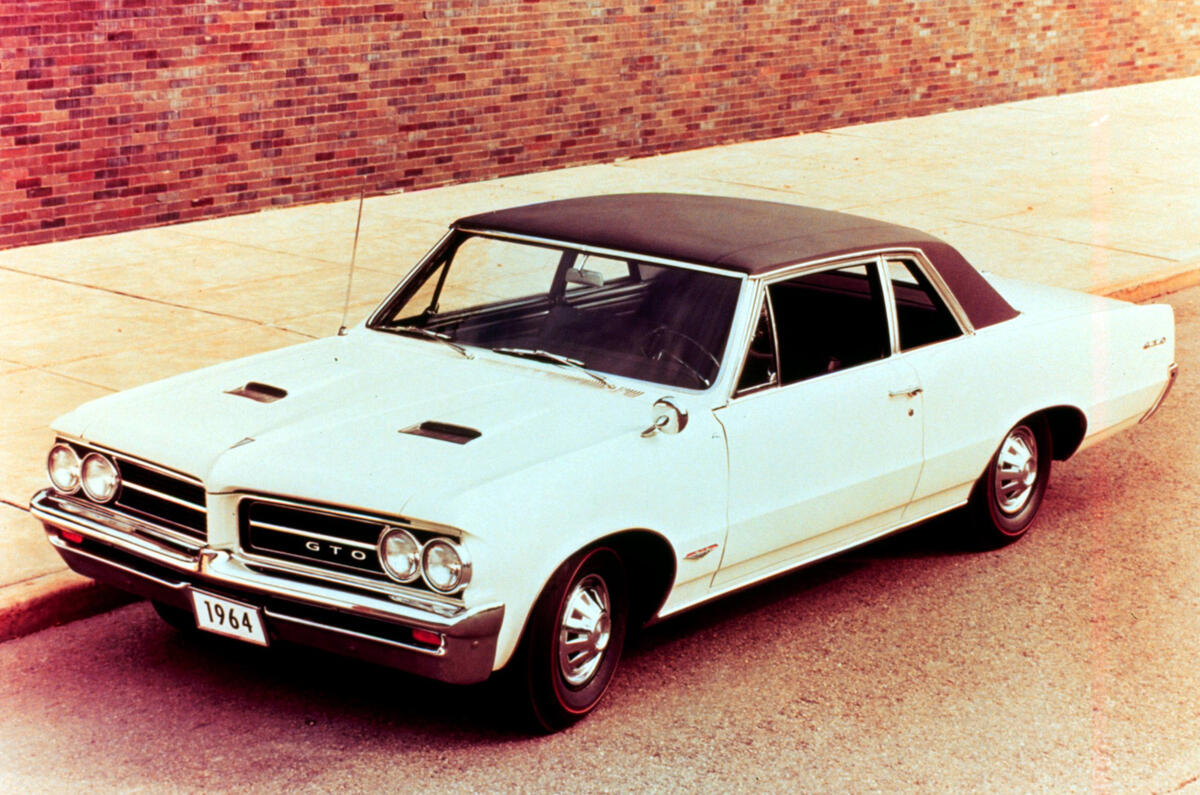
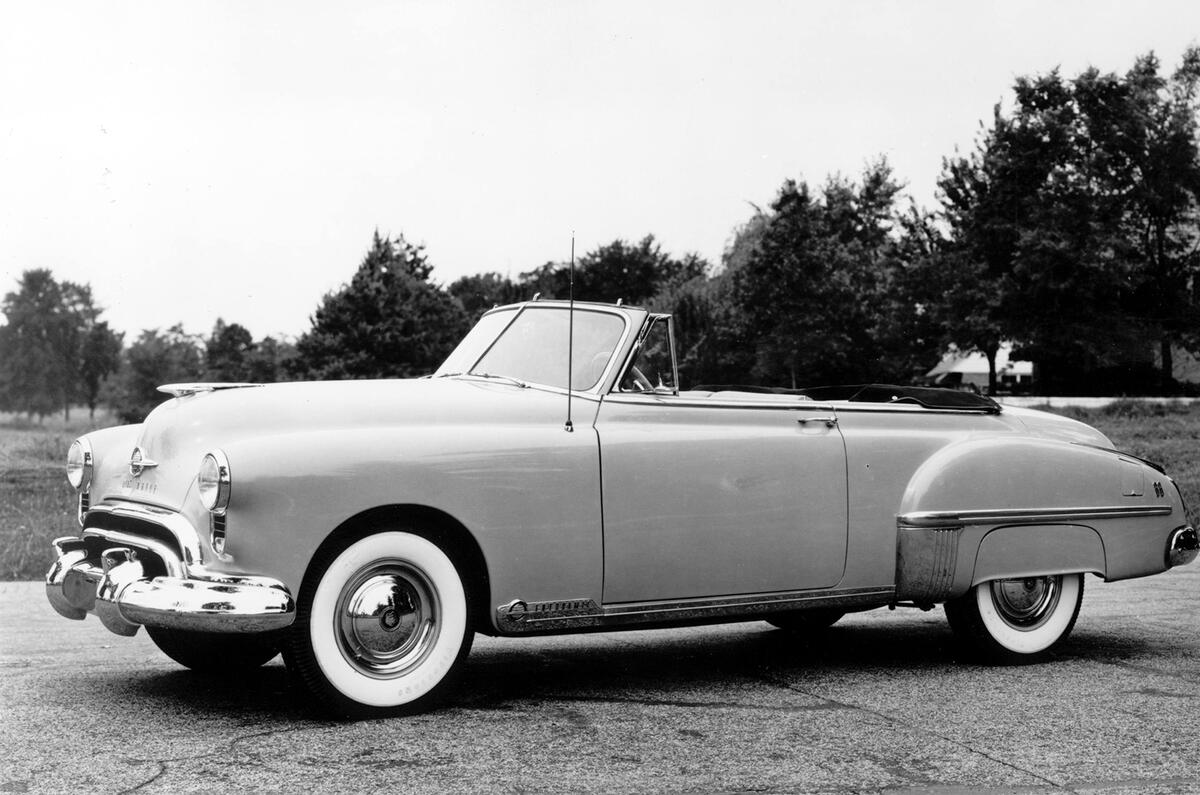

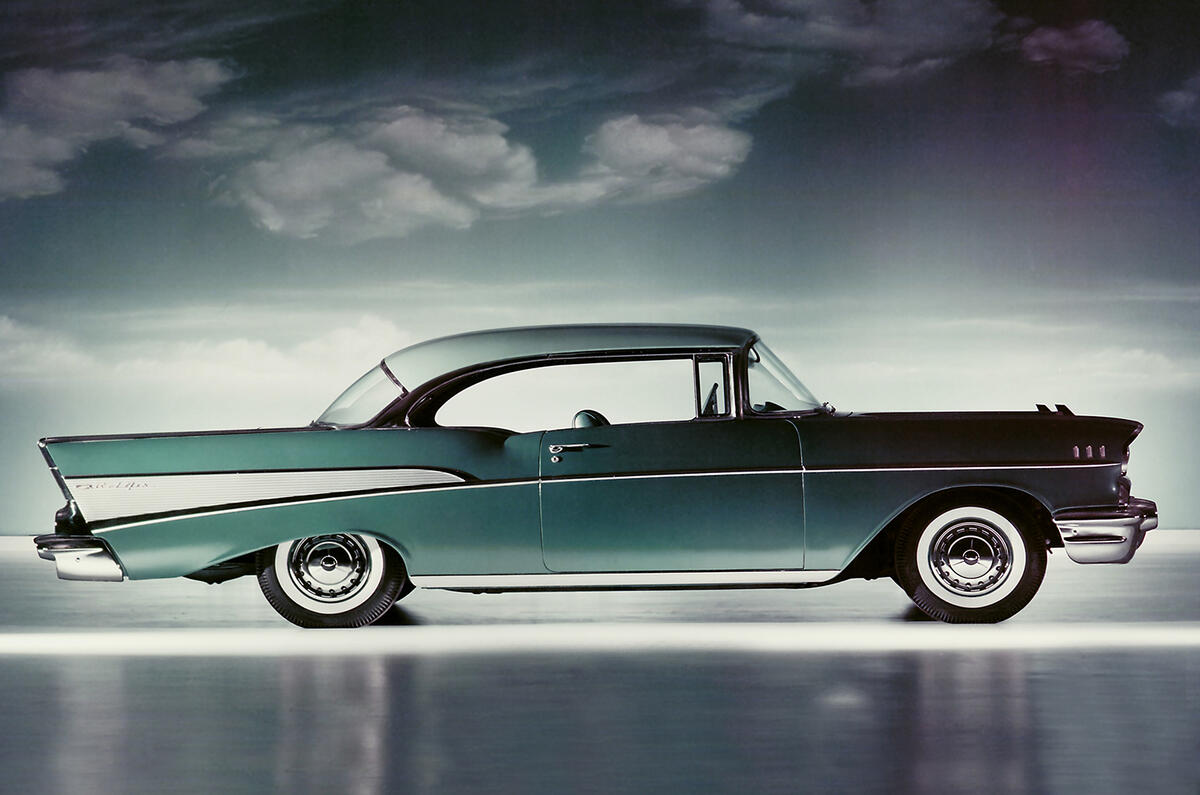
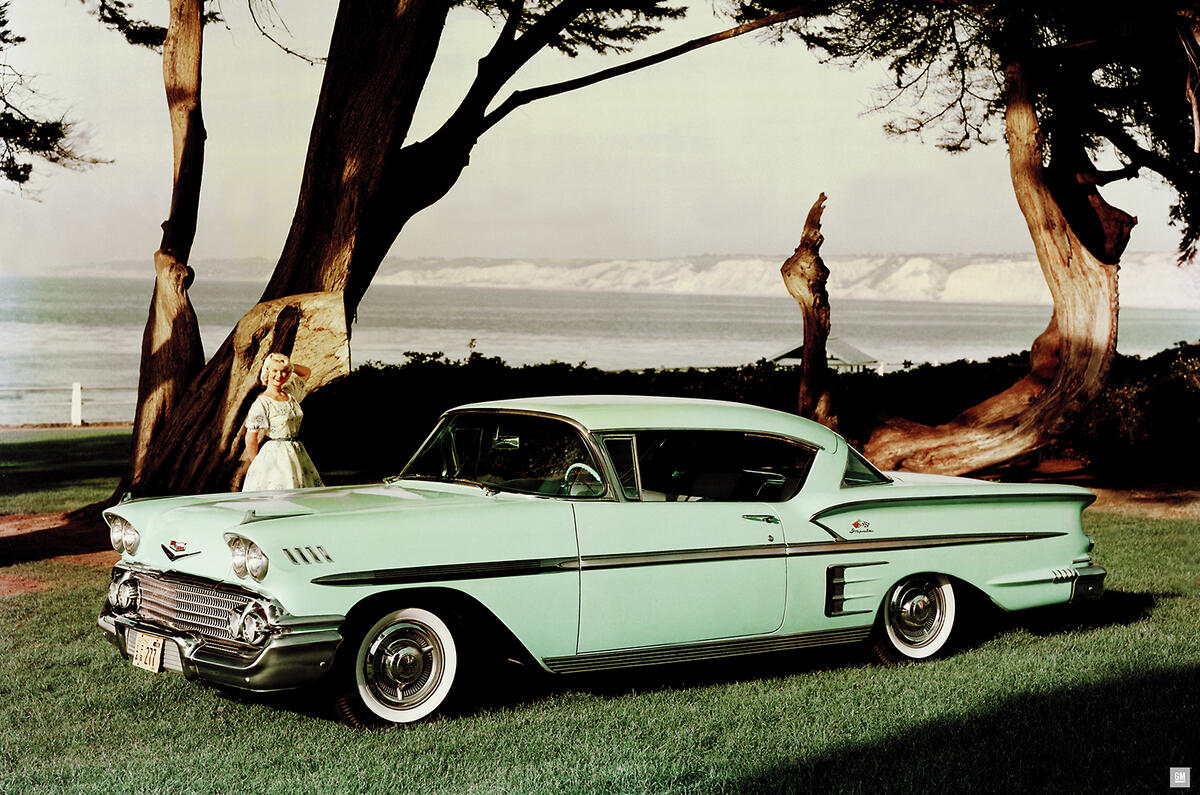
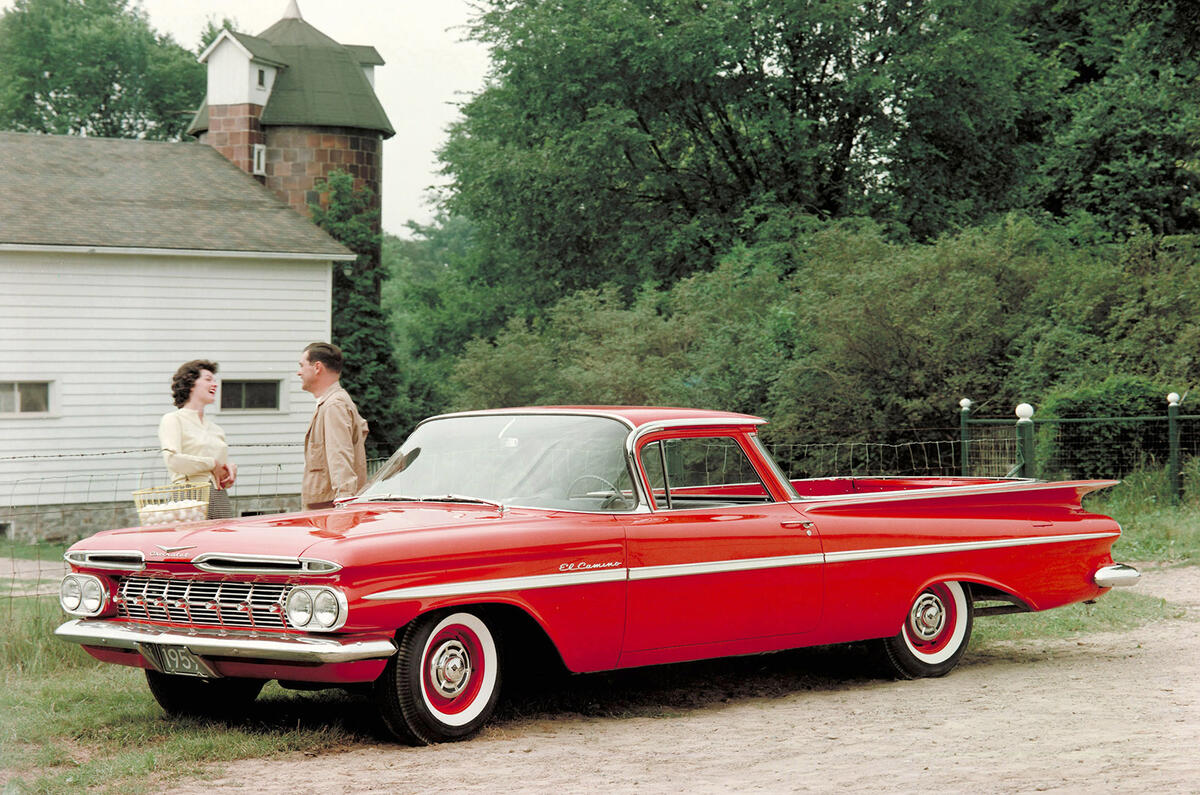
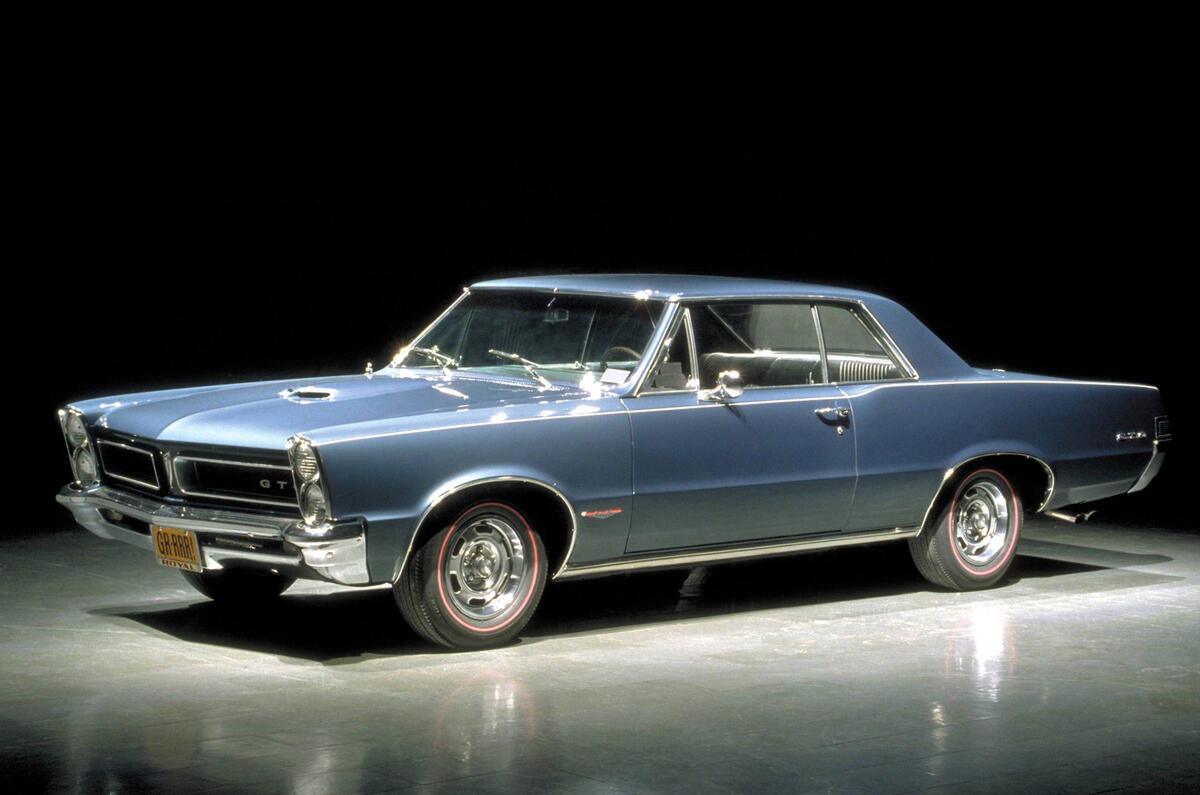
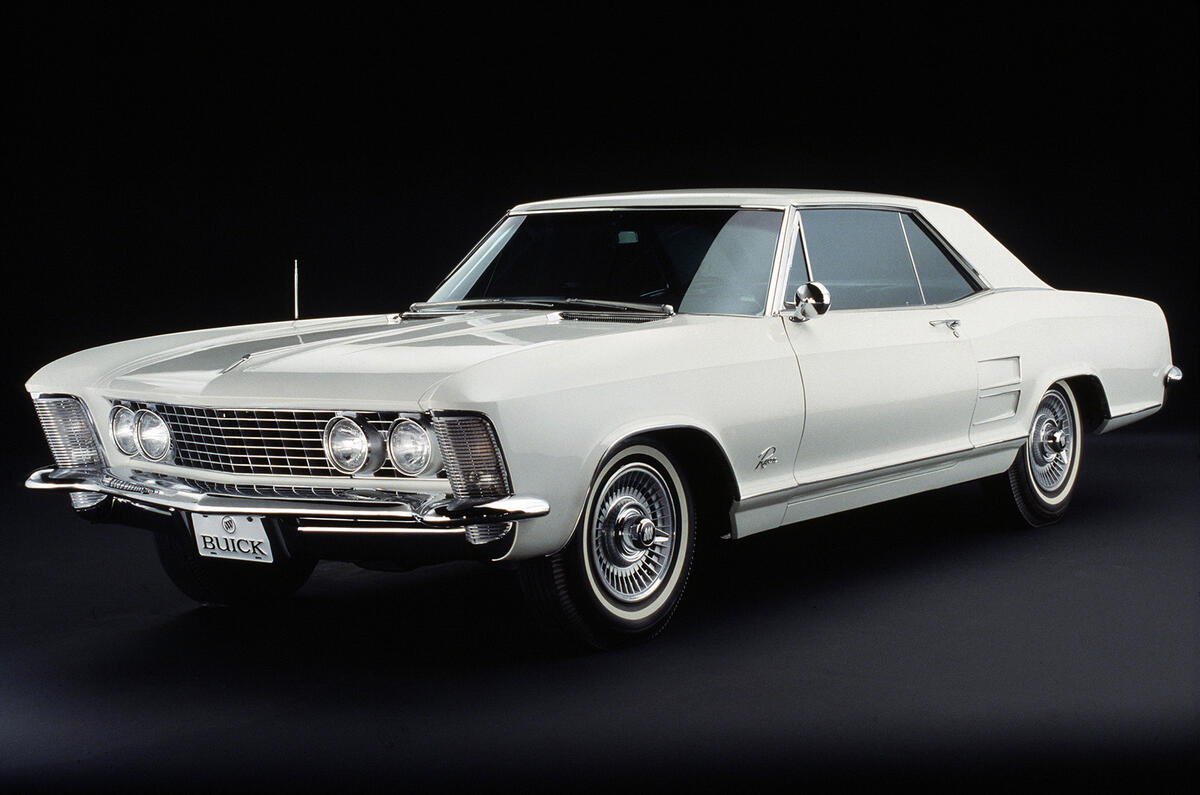


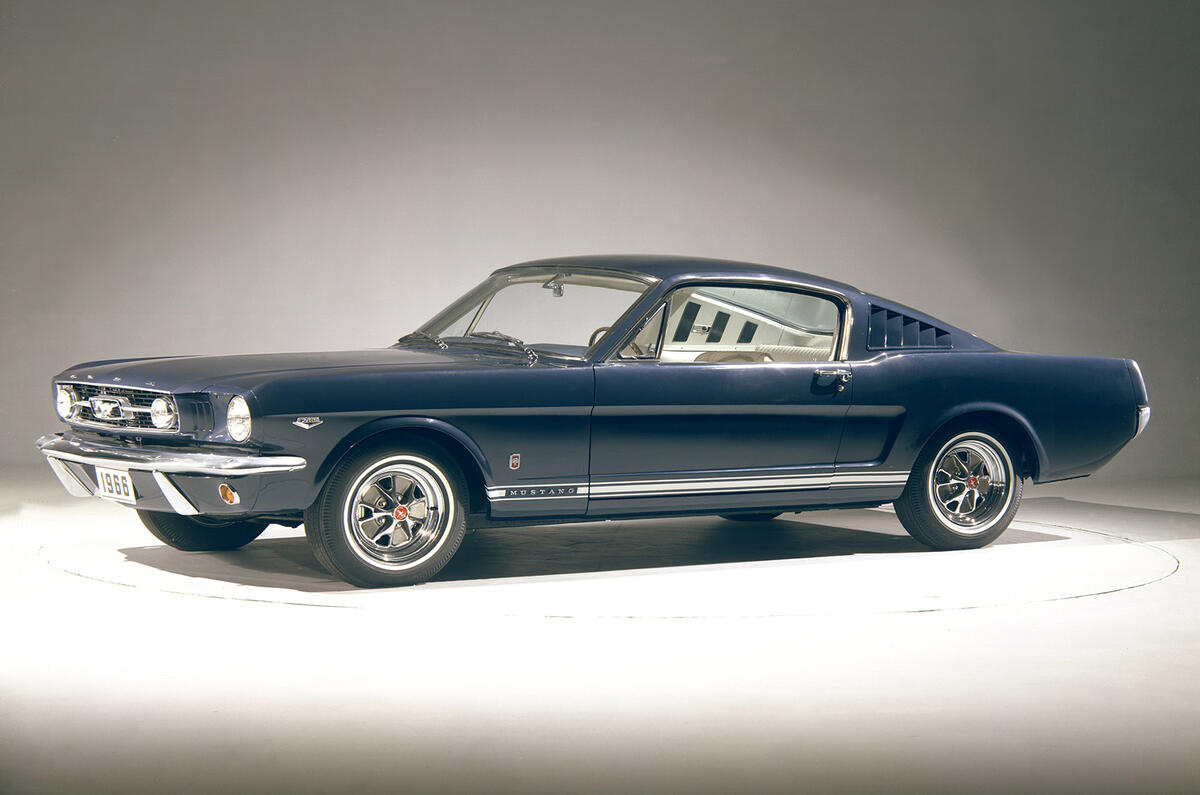
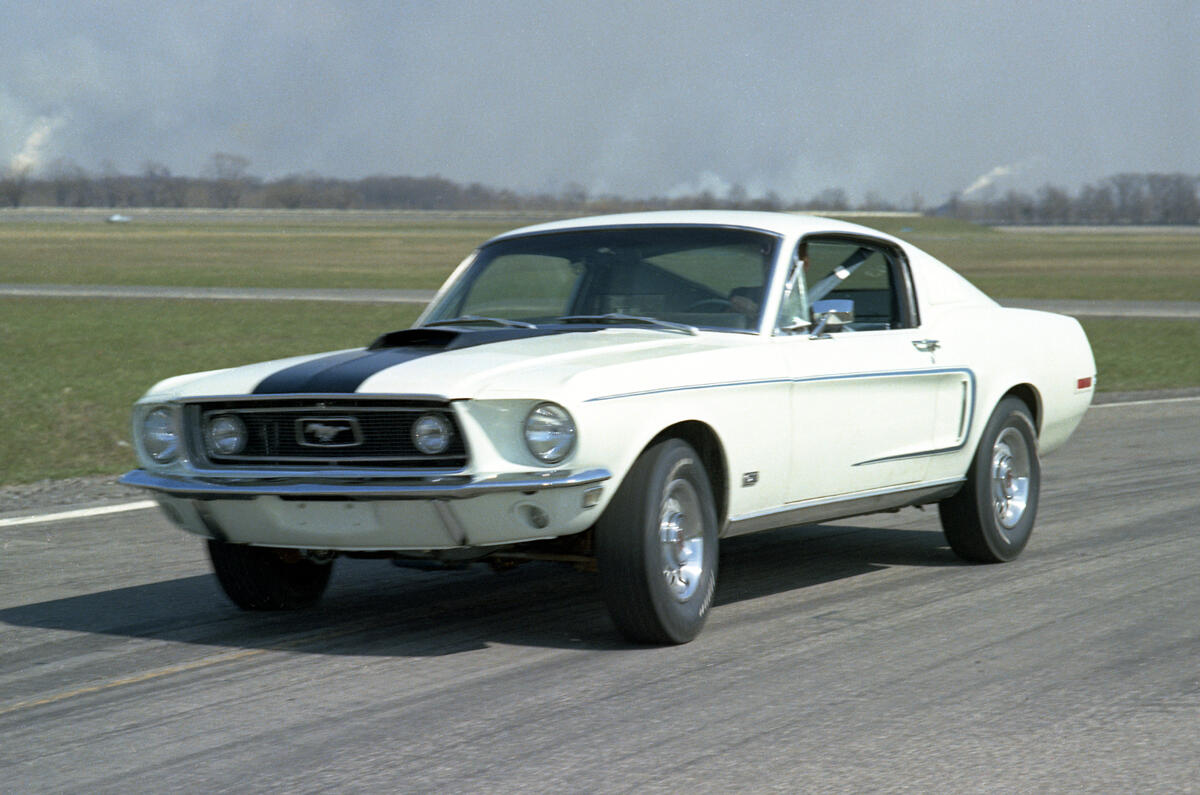
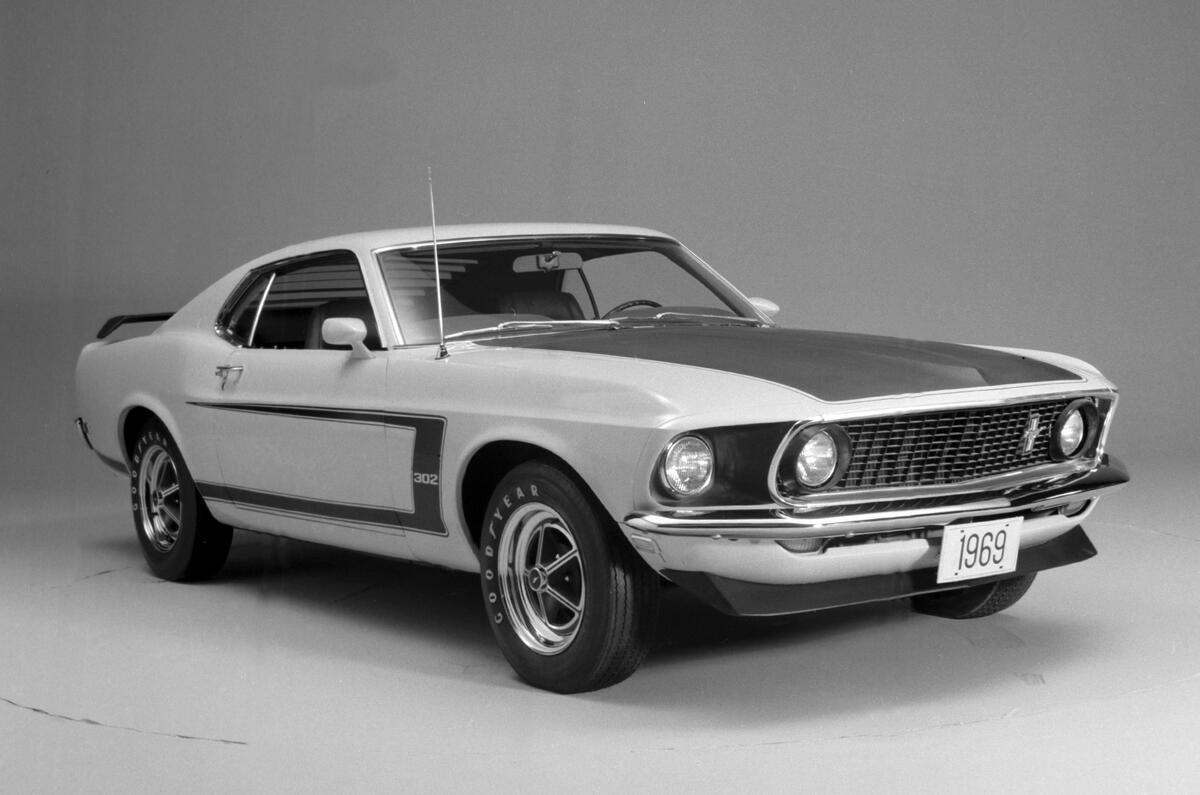
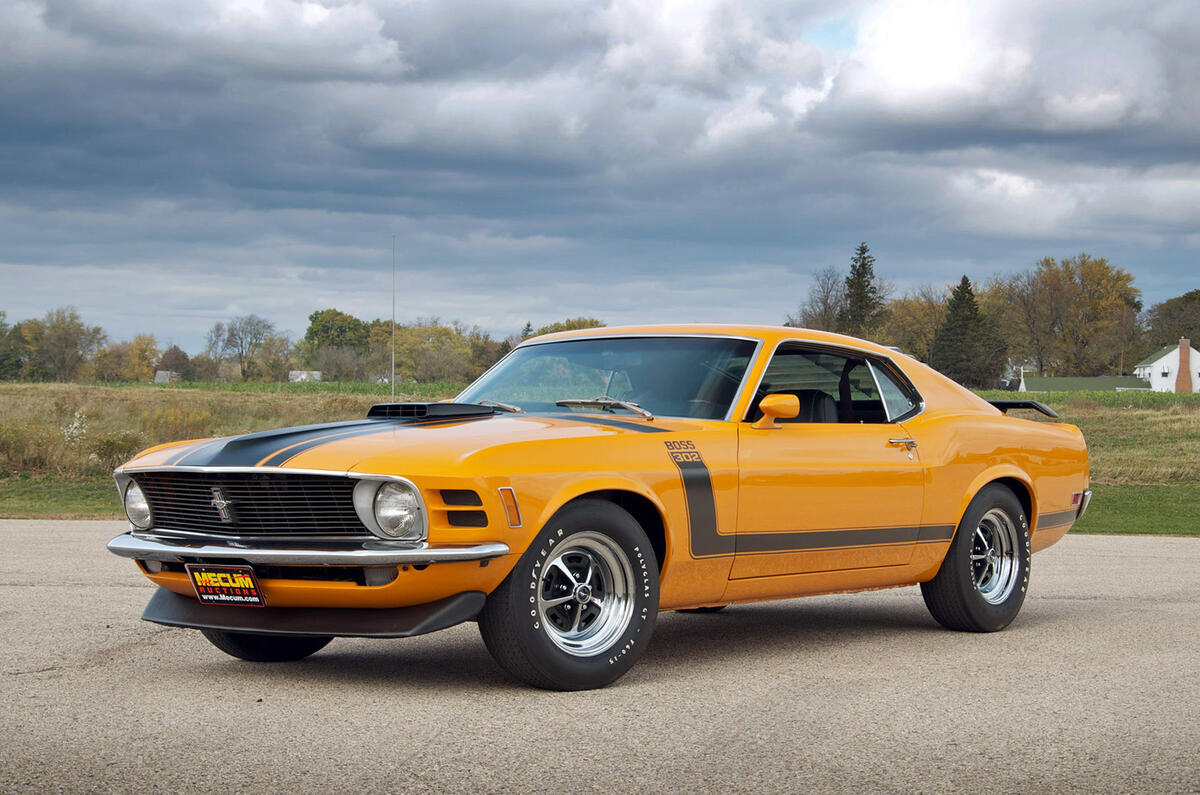
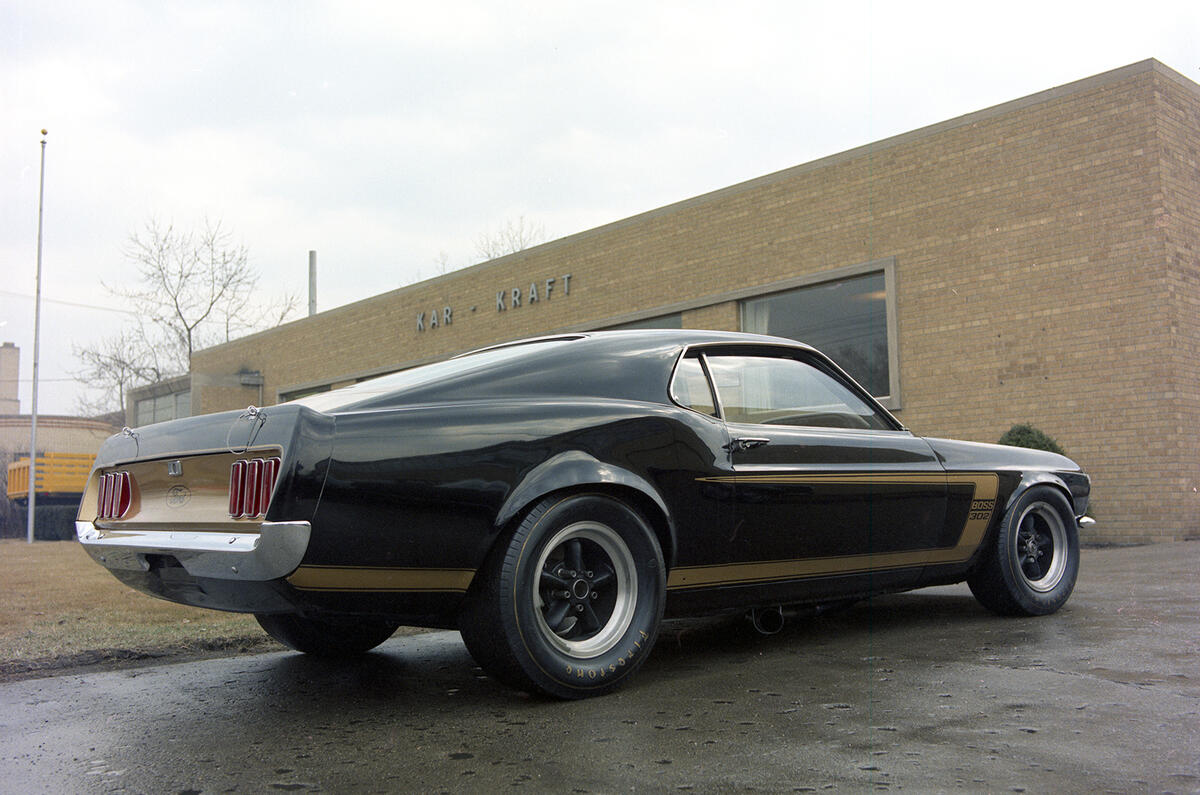
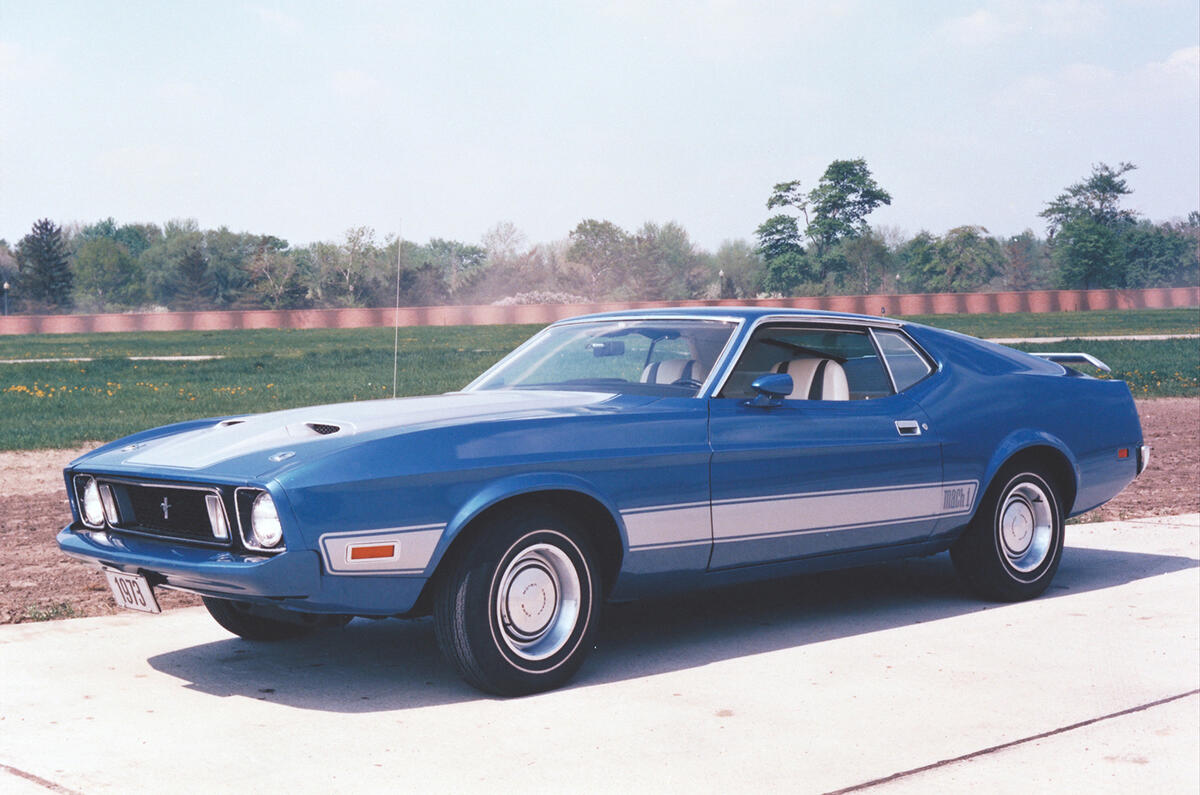
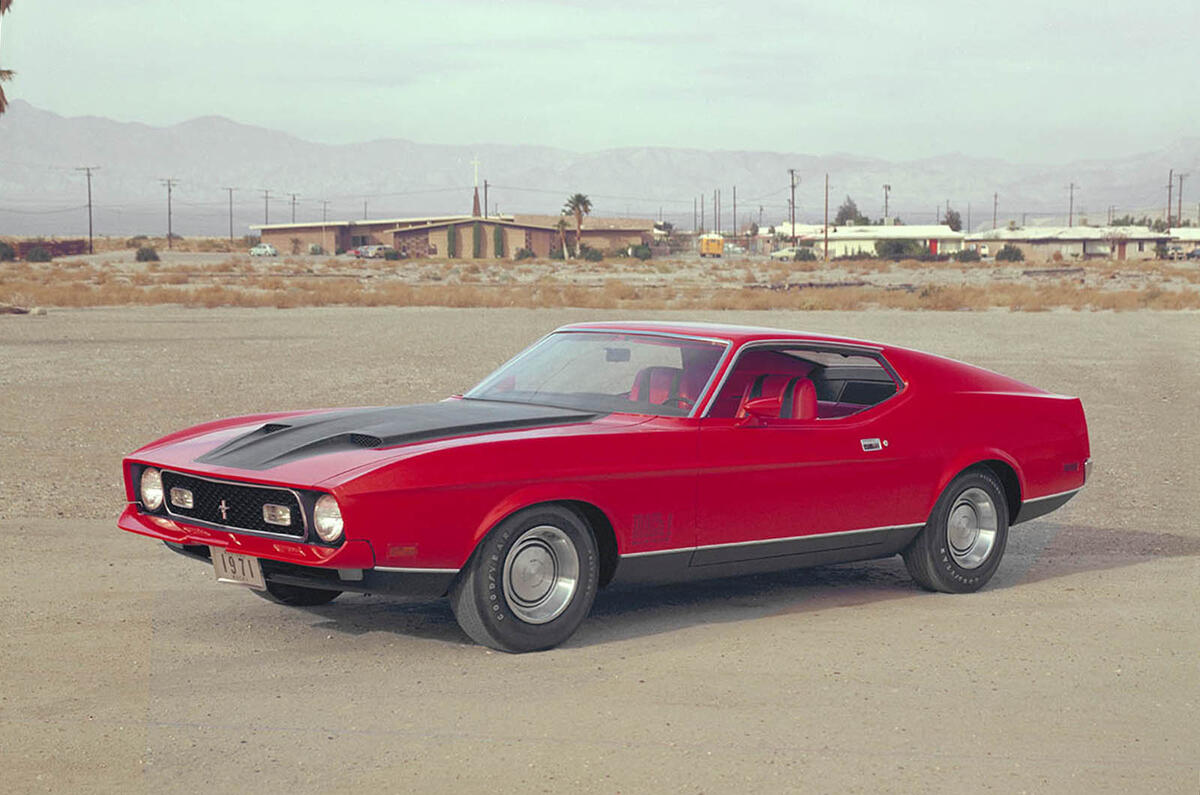
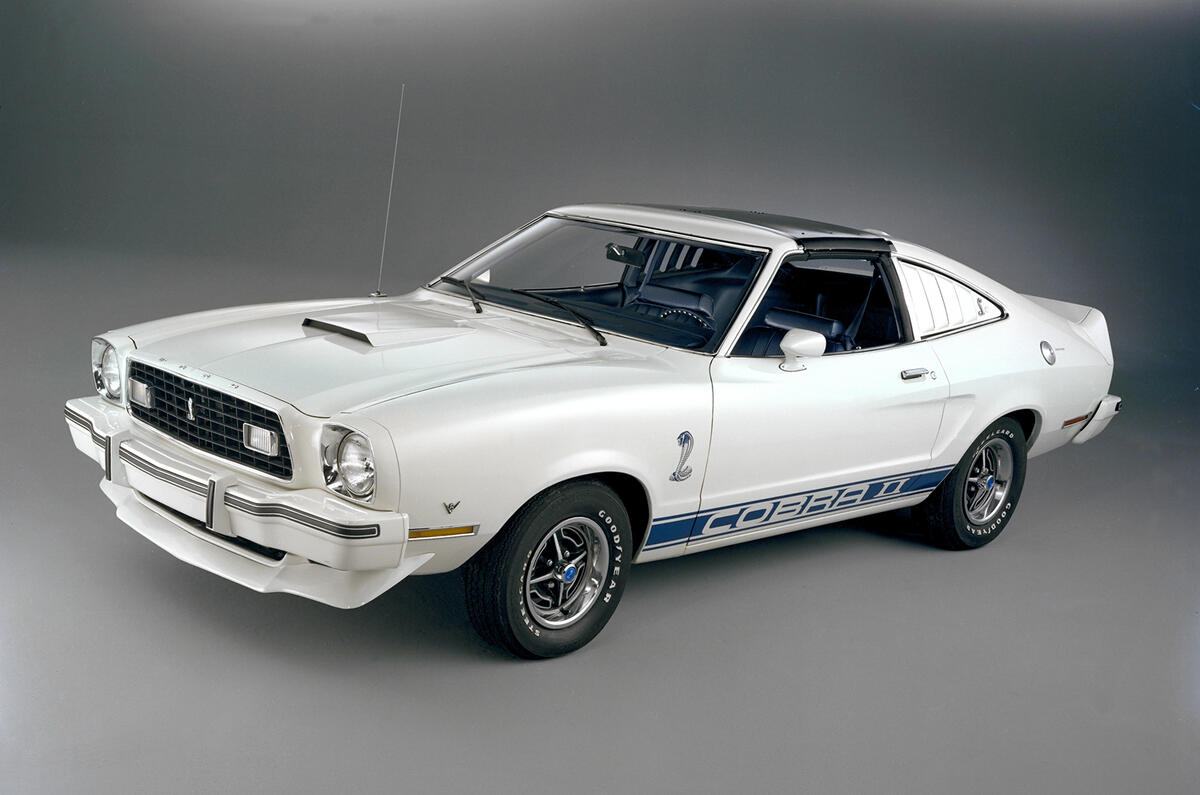

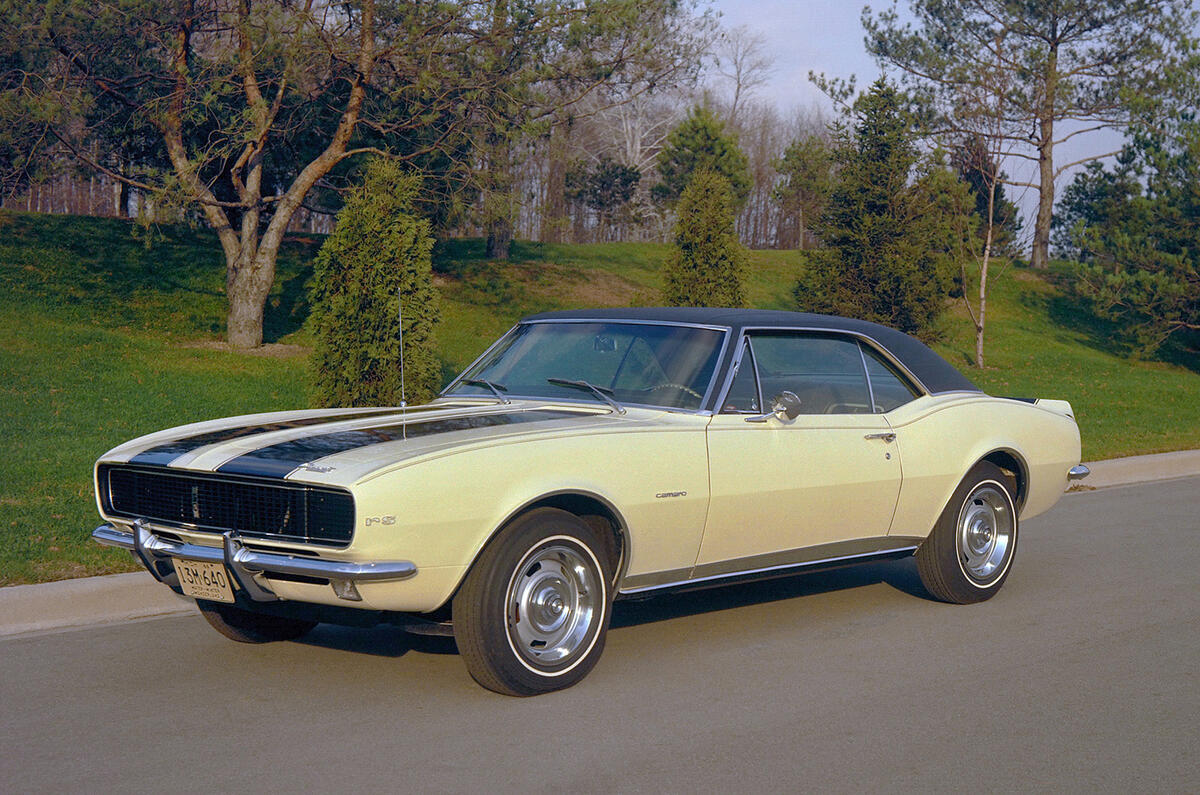

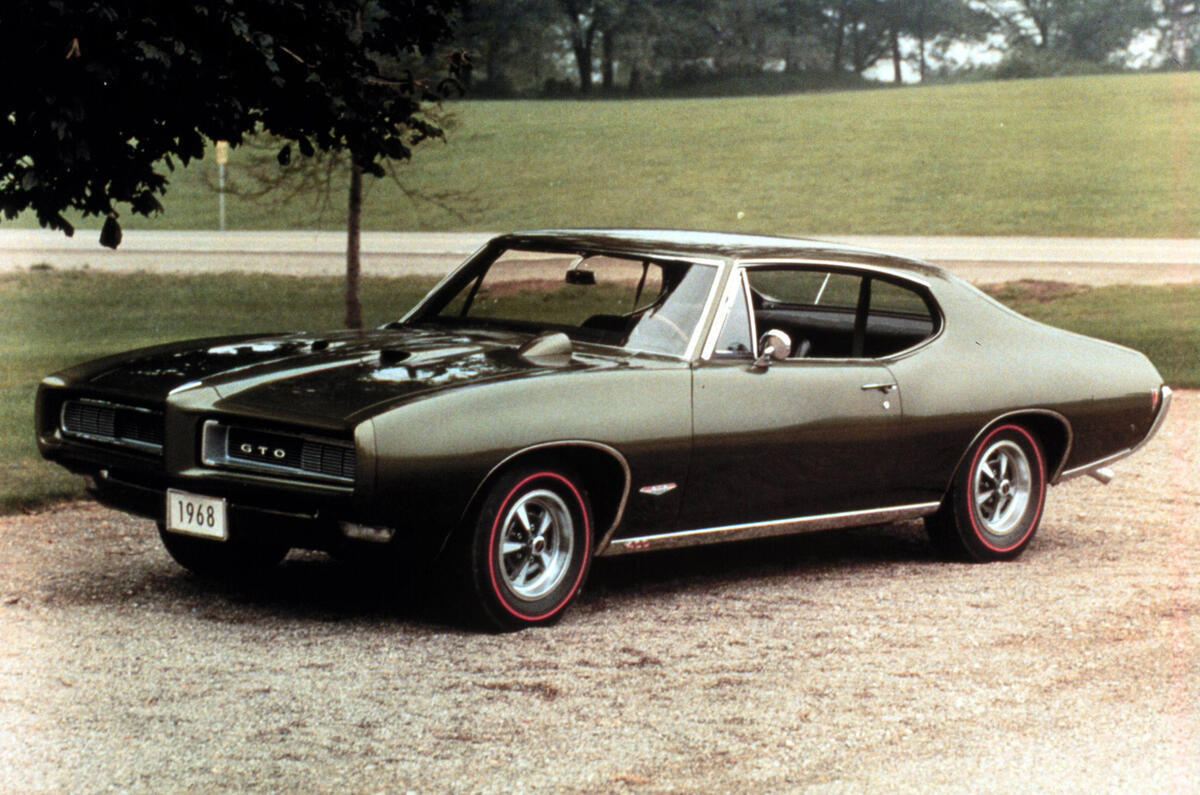
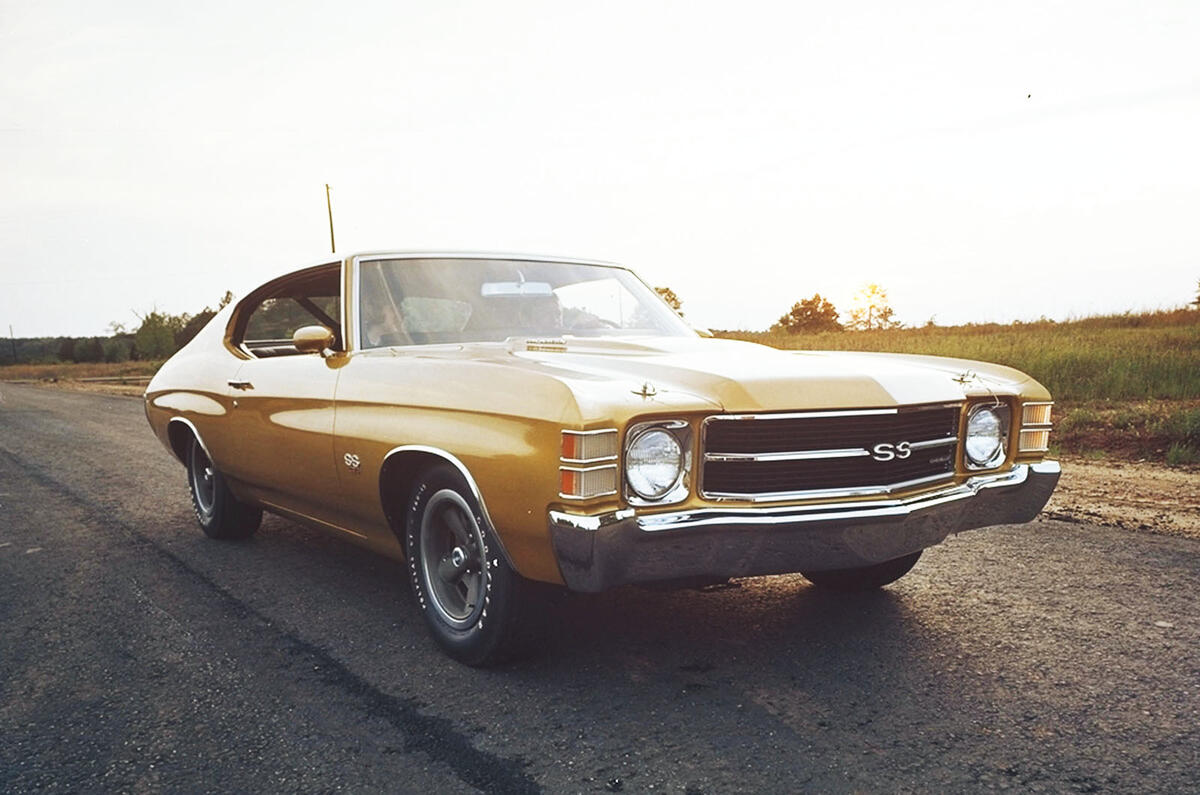
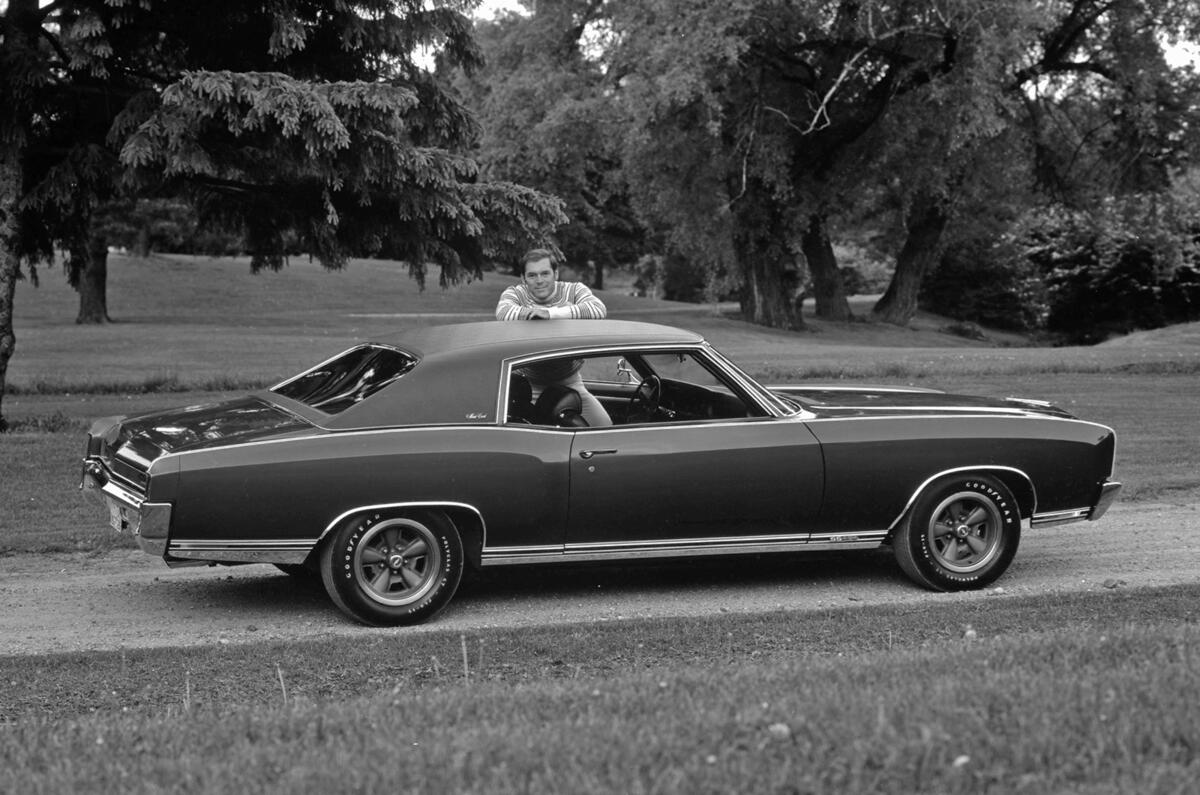
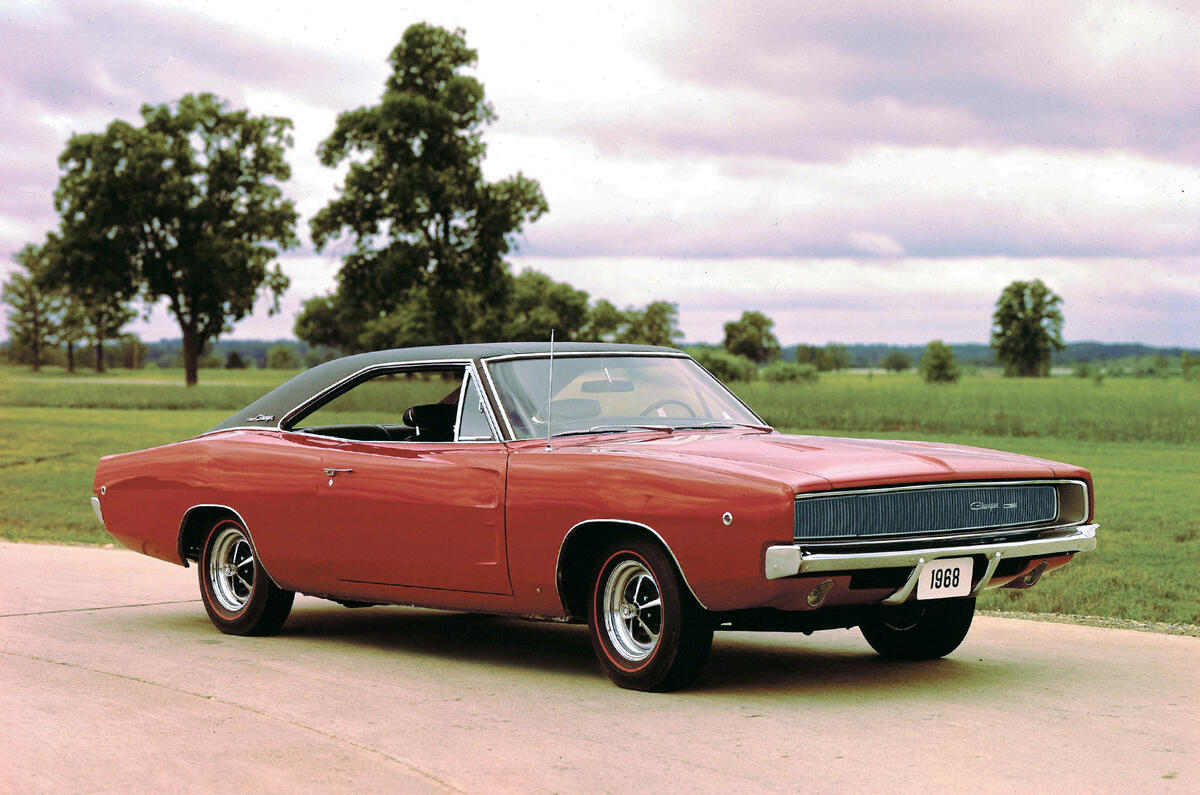
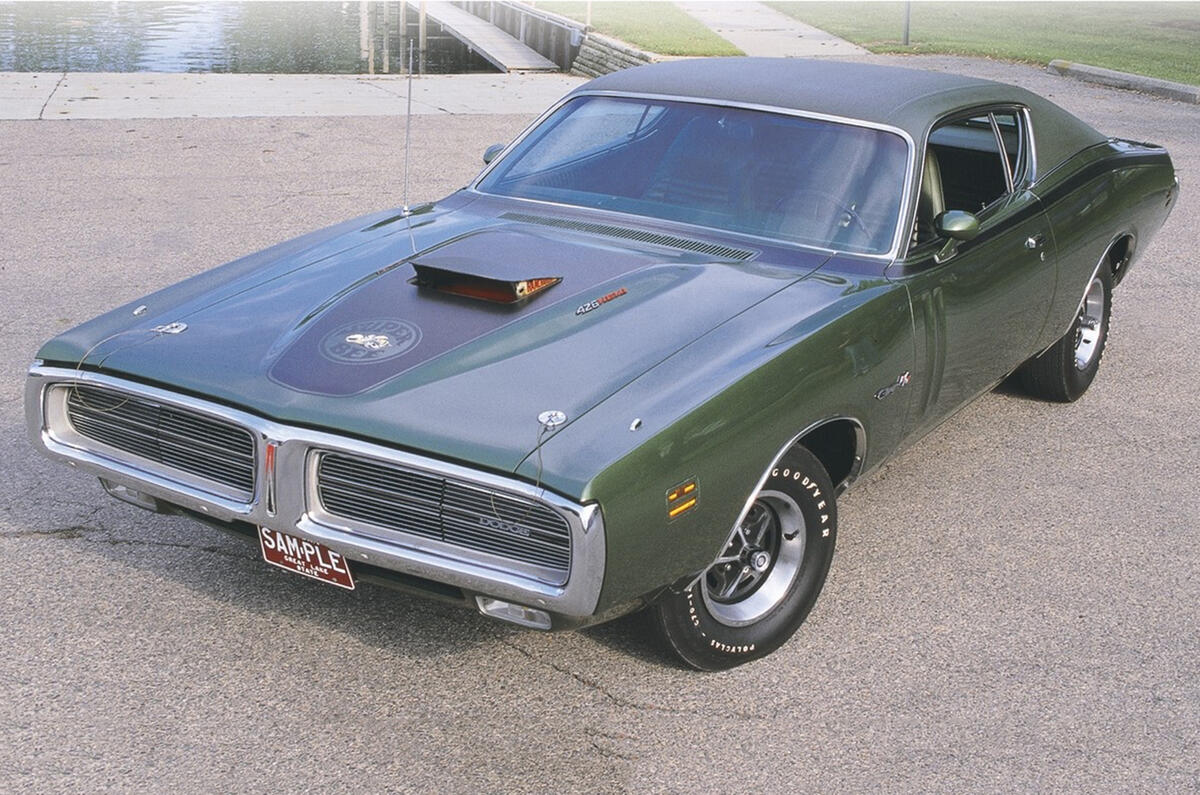
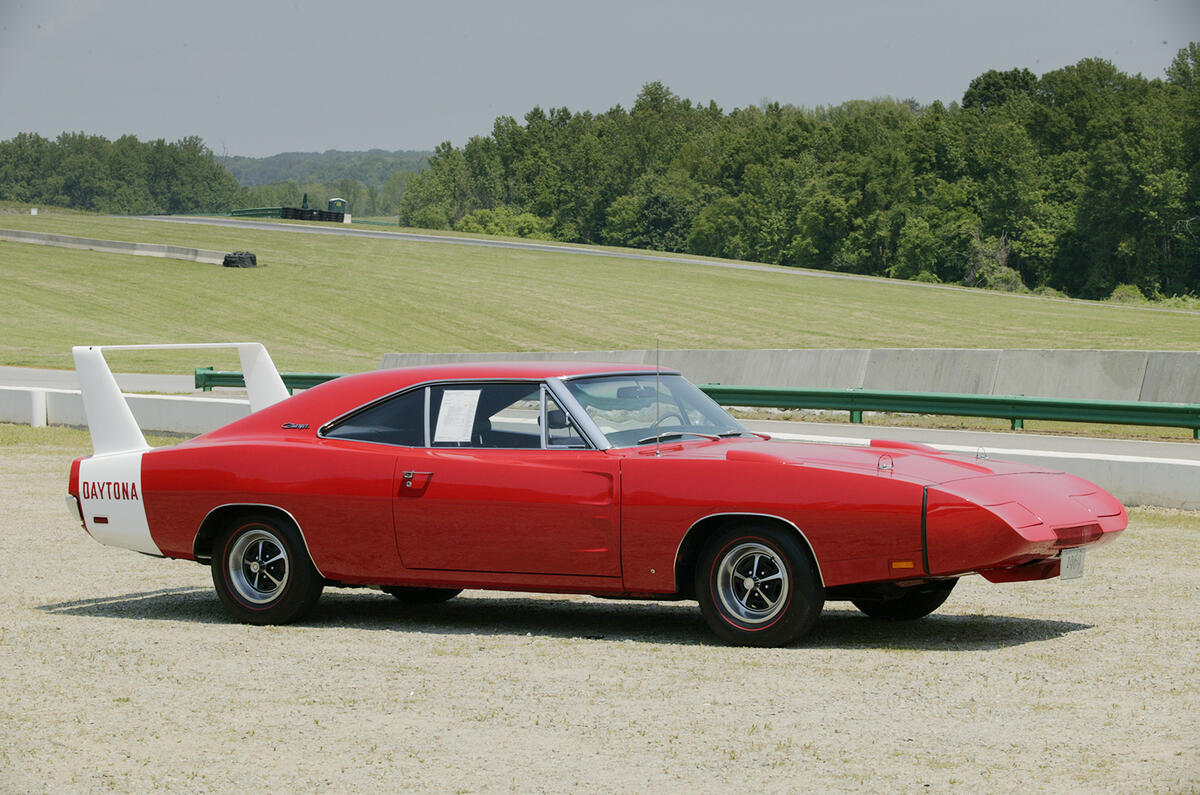
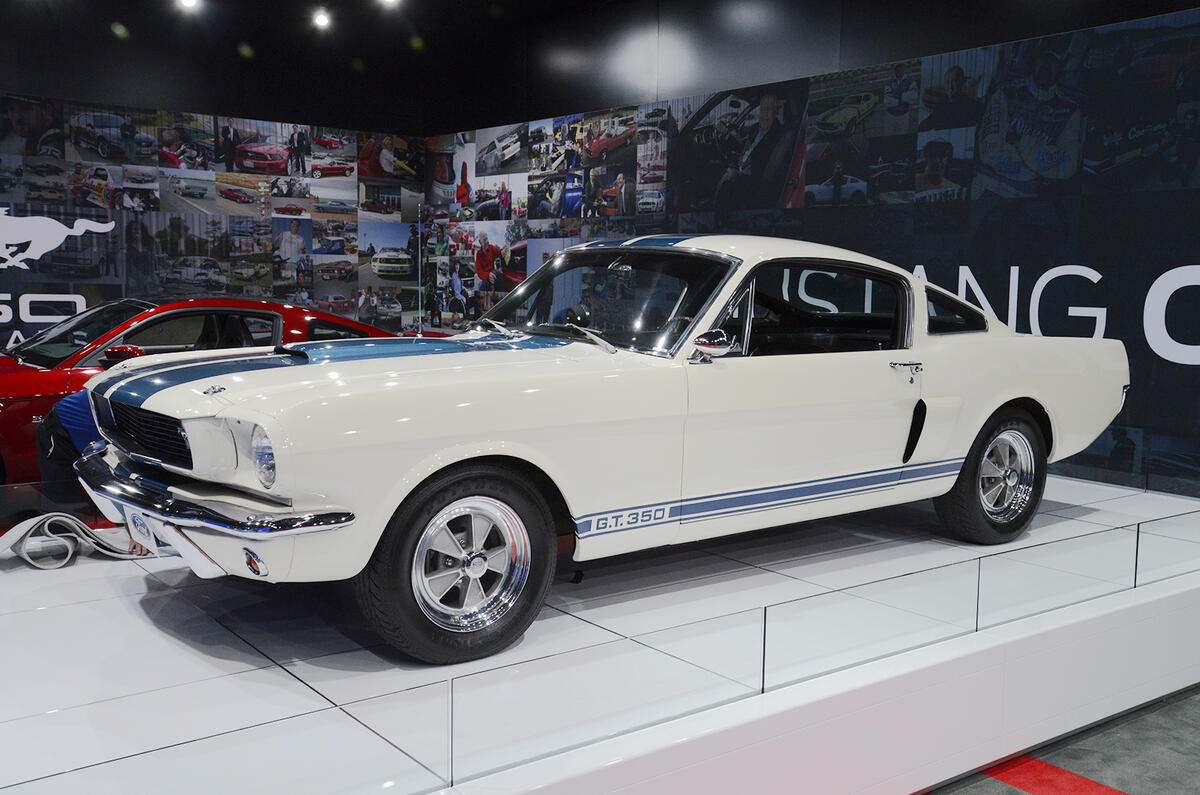

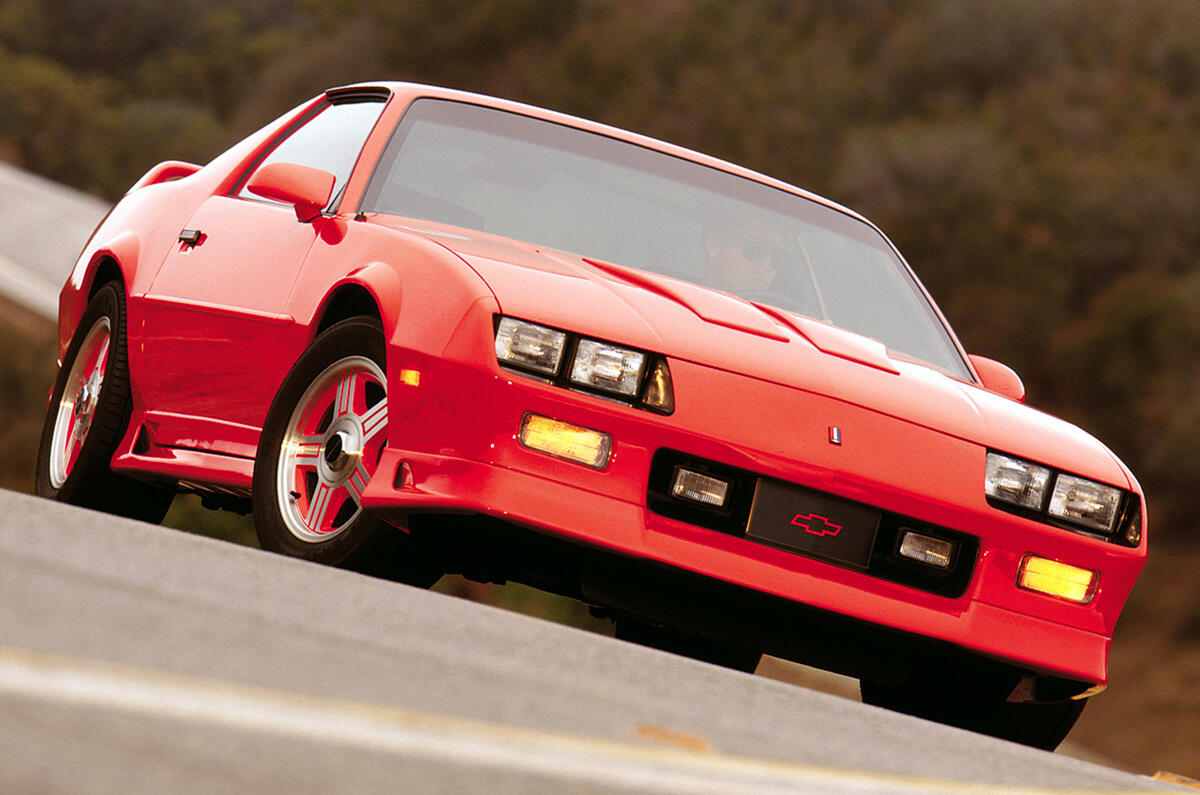
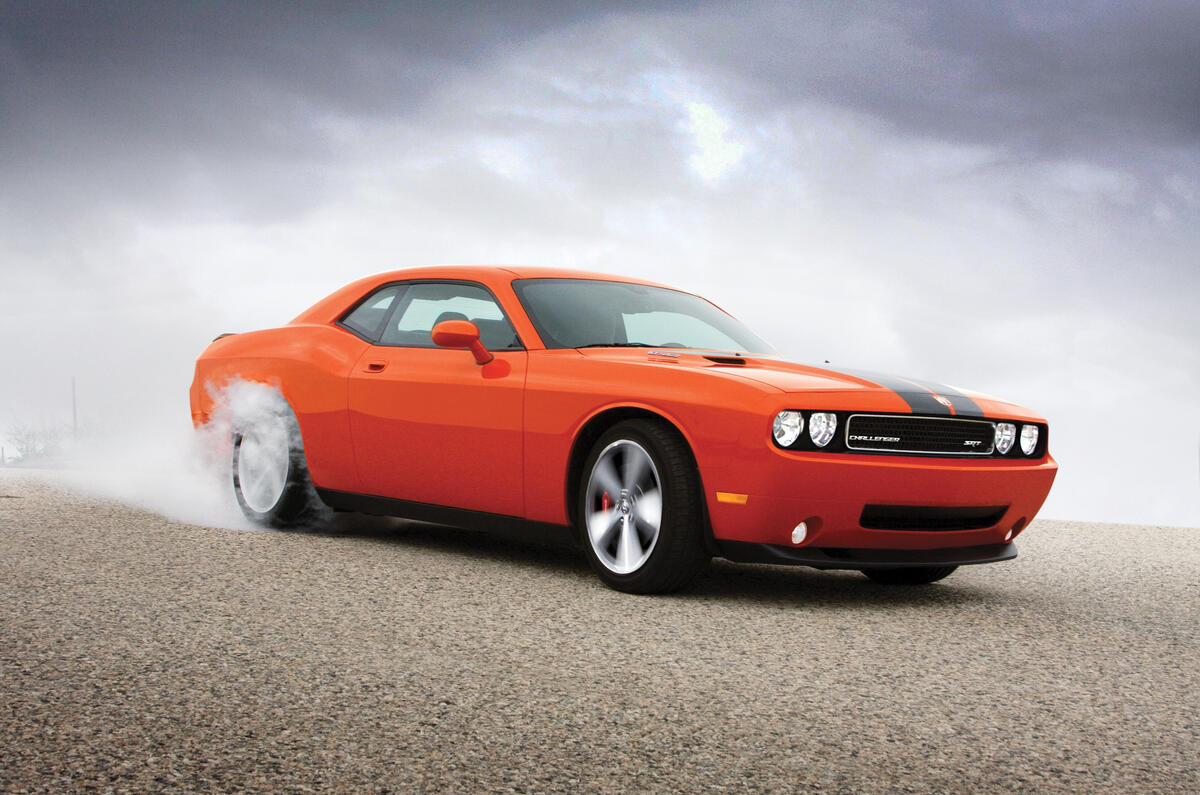
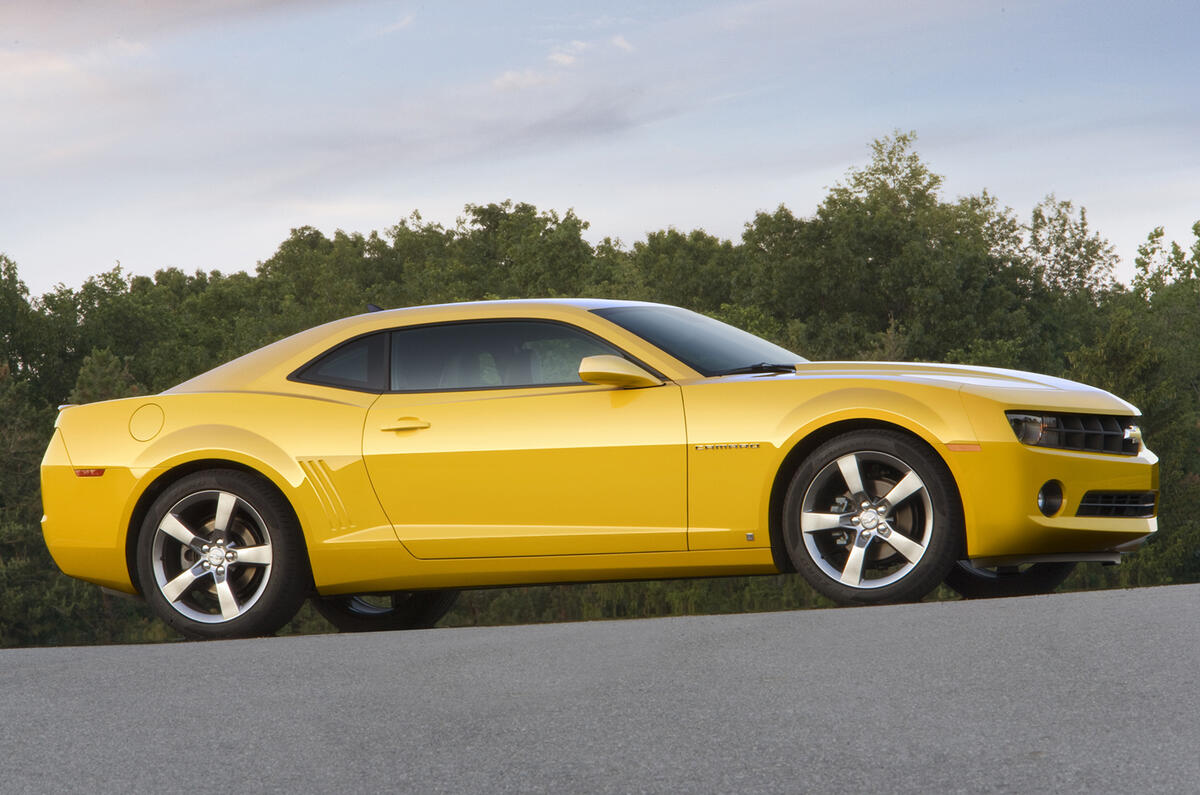
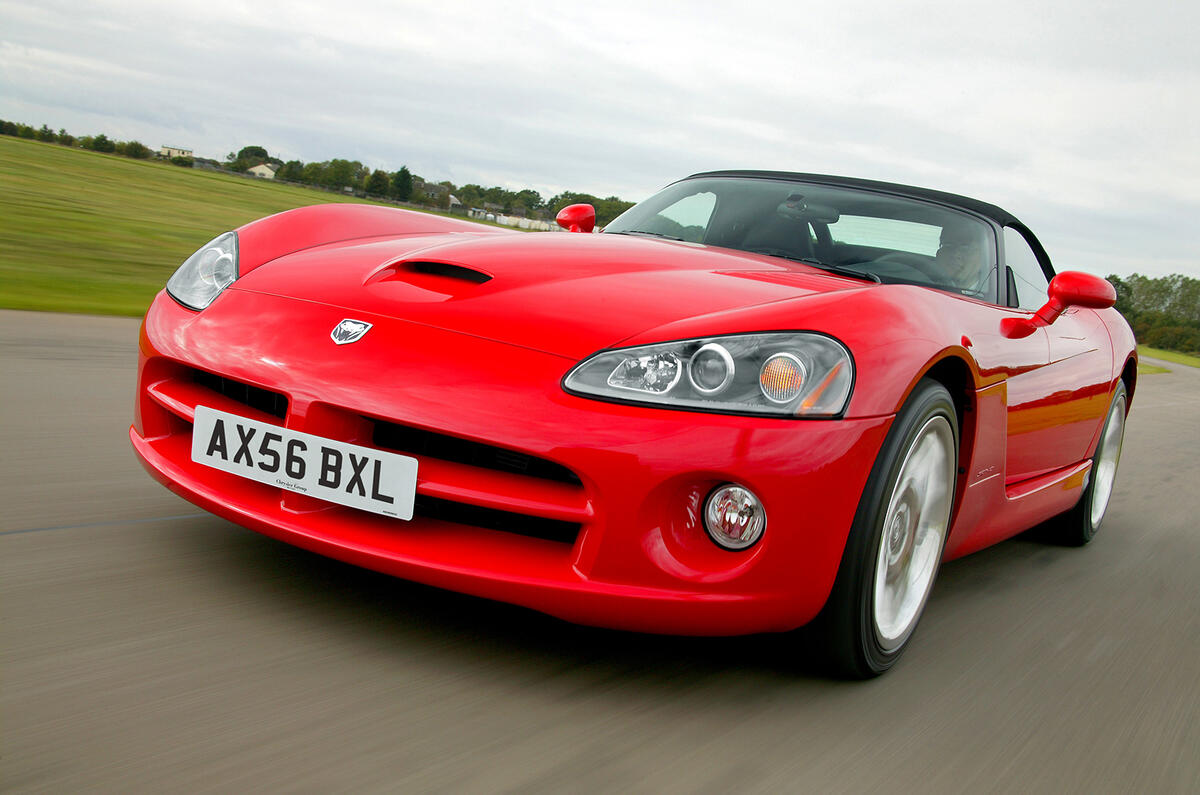
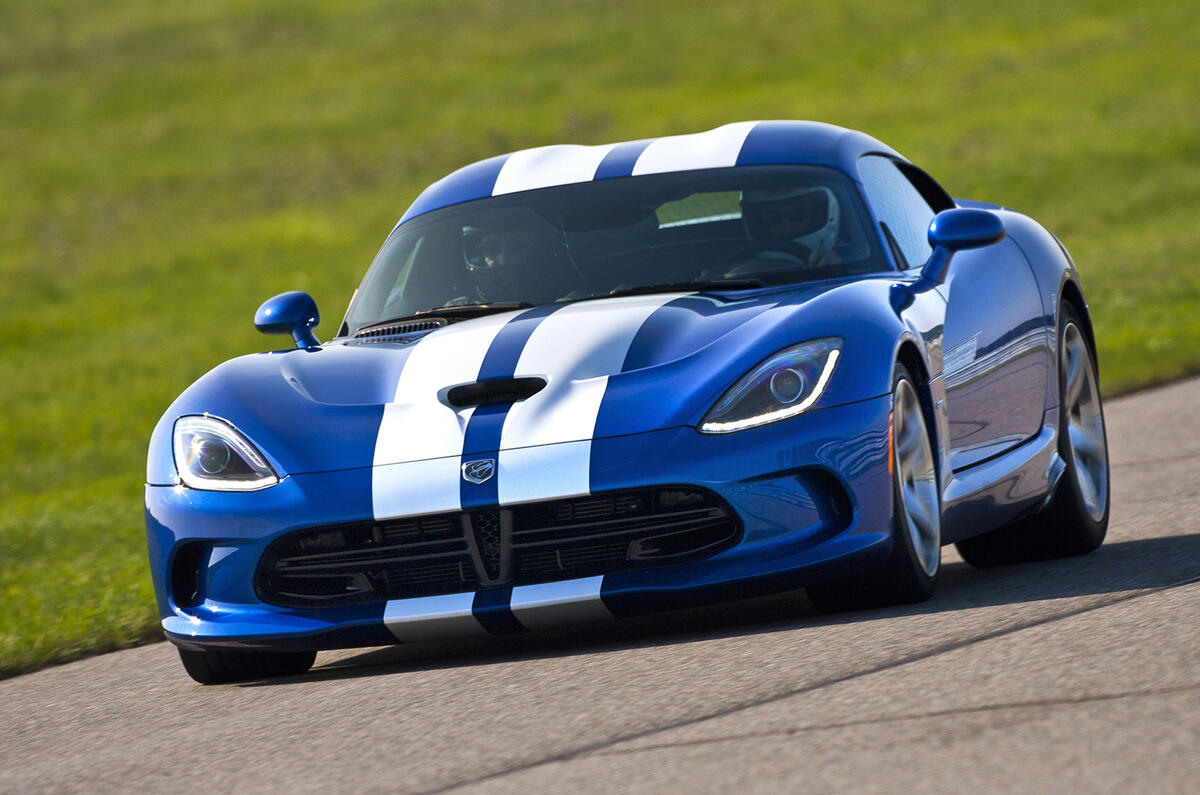
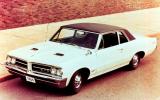
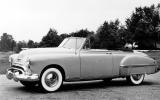
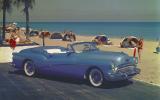
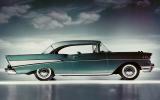
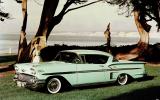
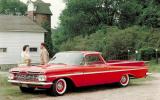
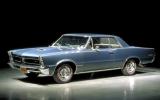

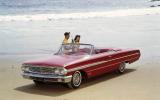


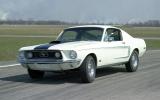

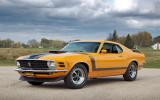

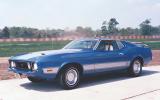
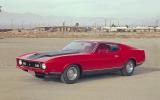
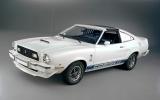
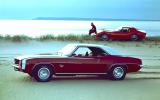
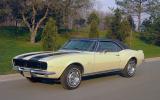
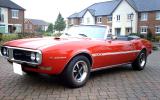
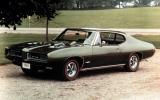
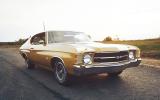
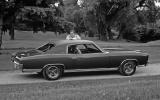
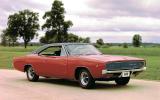

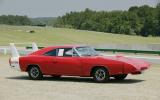
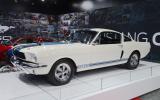

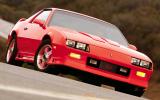
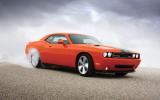
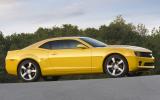




Add your comment